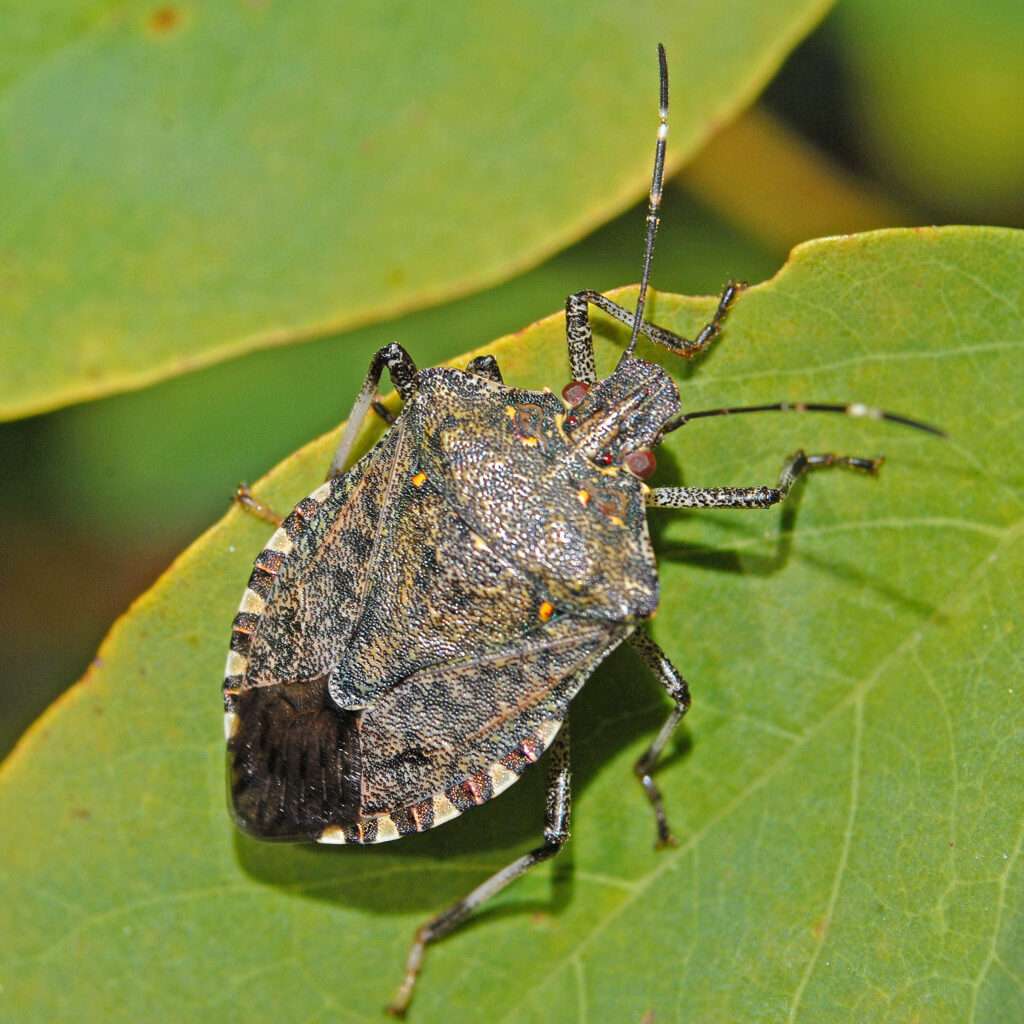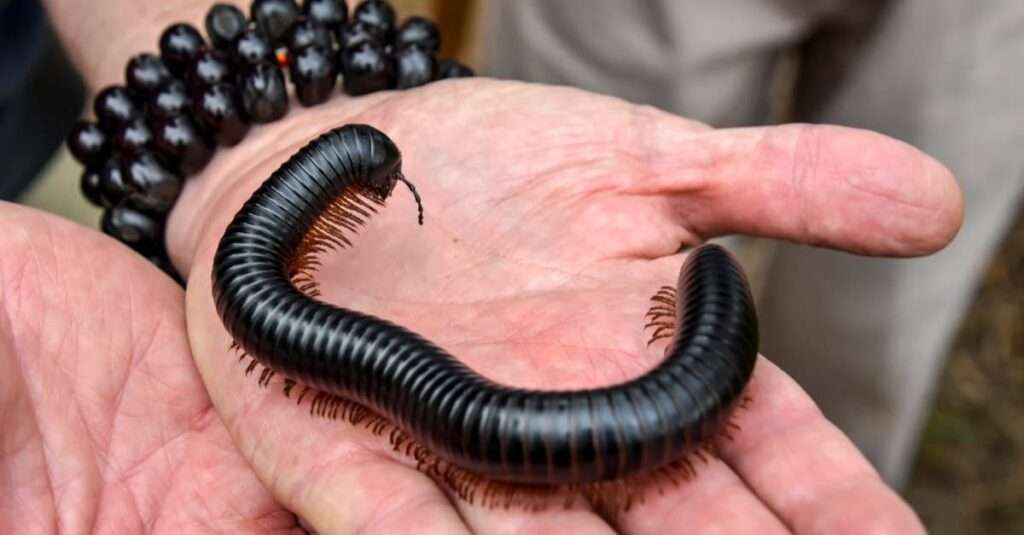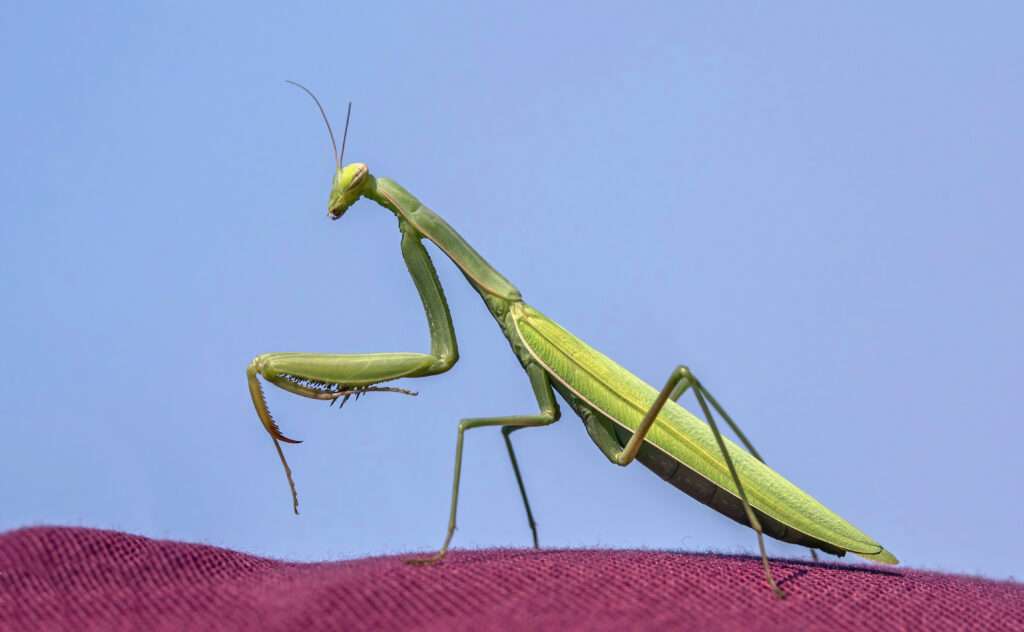
The brown marmorated stink bug of Pentatomidae insect family, which is indigenous to China, Korea, Japan and other parts of Asia. It was discovered in Allentown, Pennsylvania, in September $37 million worth of apple crops were destroyed in the Mid-Atlantic region of the United States in 2010, and some stone fruit growers saw crop losses of more than 90%. It has lately established itself in Europe and South America and is now well-established in many regions of North America.
Appearance
Adult brown marmorated stink bugs have the heraldic shield shape. When viewed from above, they are often dark brown with a creamy white-brown underside. Some bugs can have a wide range of red, light brown, copper, black or gray hues as their primary color, while others can be any of these. The term “marmorated” alludes to the distinctive markings of this species, which include alternating light-colored bands on the antennae and alternating dark bands on the thin outer margin of the abdomen. It implies variegated or veined, like marble. Brown mottling or bands of light white are visible on the legs.

Diet
The brown marmorated stink bug is a sucking insect like all Hemiptera, or “true bugs,” that feeds by piercing the host plant. The formation of dimpled or necrotic spots on the seed loss, fruit’s exterior surface, leaf stippling and possibly the spread of plant illnesses are some consequences of this feeding. It is an agricultural pest that could cause significant damage to fruit and vegetable harvests. It is a pest to apple and soybean crops in Japan.
Habitat
China, Japan, Taiwan, and other countries in Eastern Asia are the natural habitat of the brown marmorated stink bug. Stink bug adults hibernate in crevices or behind the flaking bark of old or dying trees.
Mating
As with all stink bugs, the female responds to the male’s vibrational signals and pheromones by sending out vibrations of her own during courtship. The insects utilize the signals to recognize and locate one another. This species’ vibrational signals are known for their low frequency, and one sort of male transmission is far longer than any other stink bug signal previously documented, however the relevance of this is not yet evident.
Table





